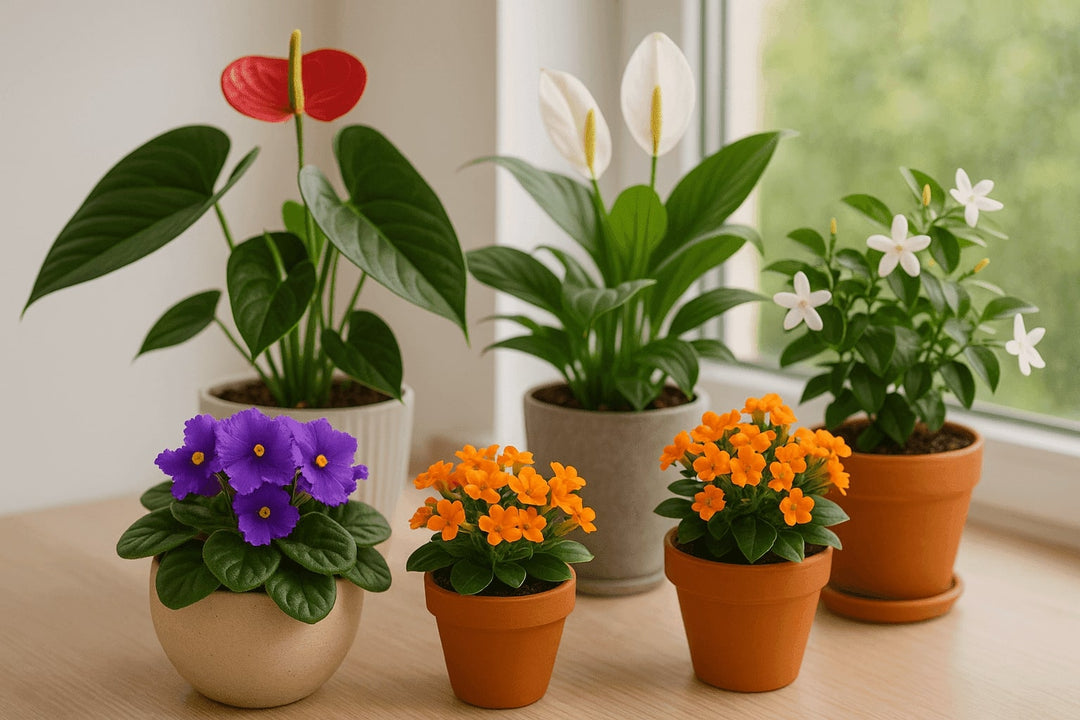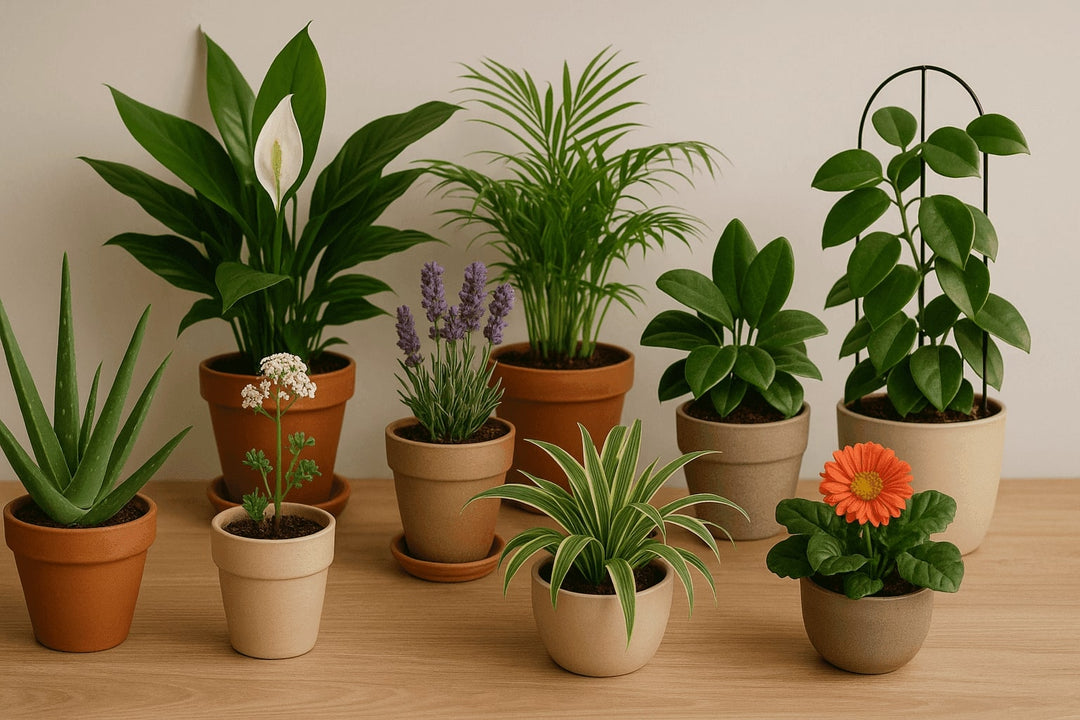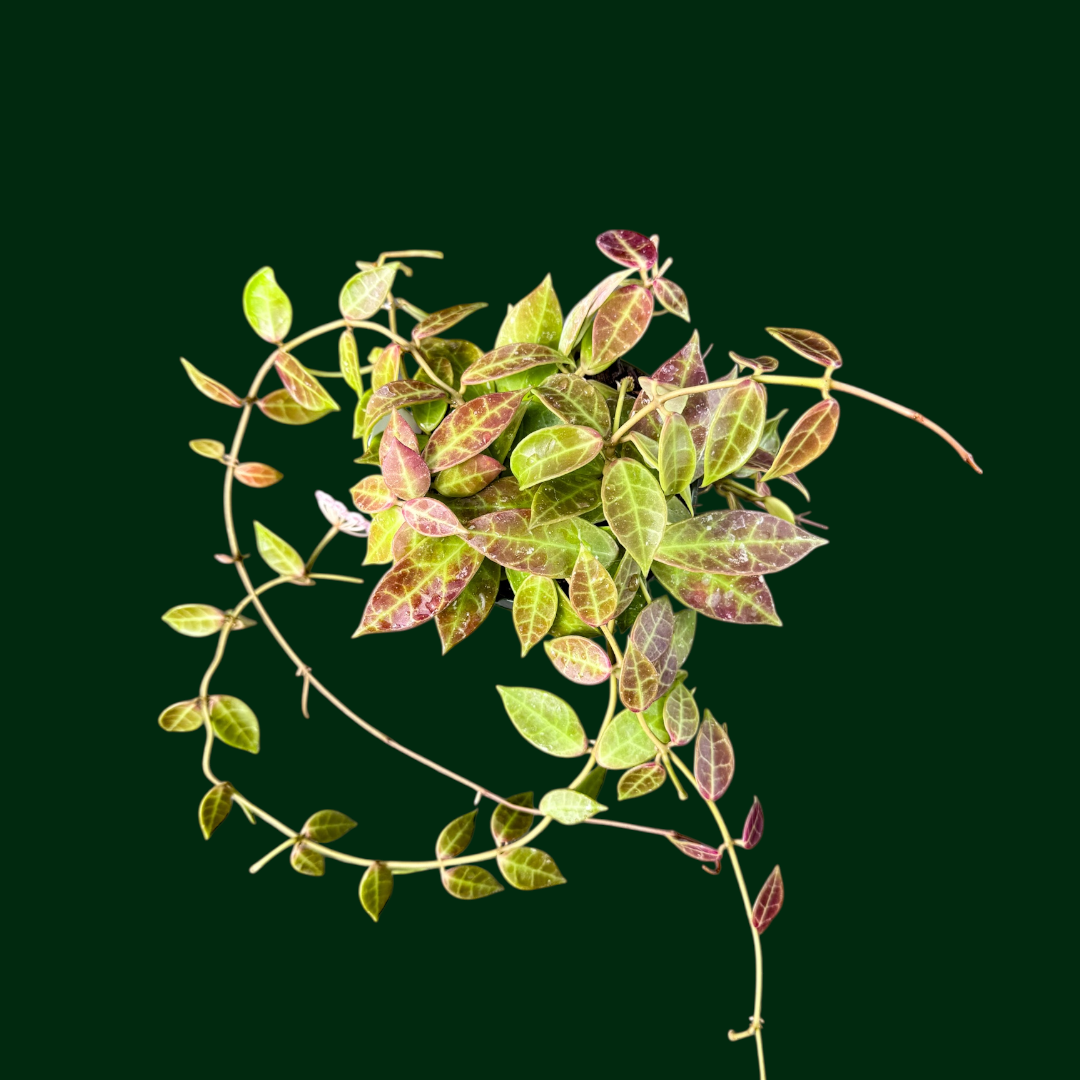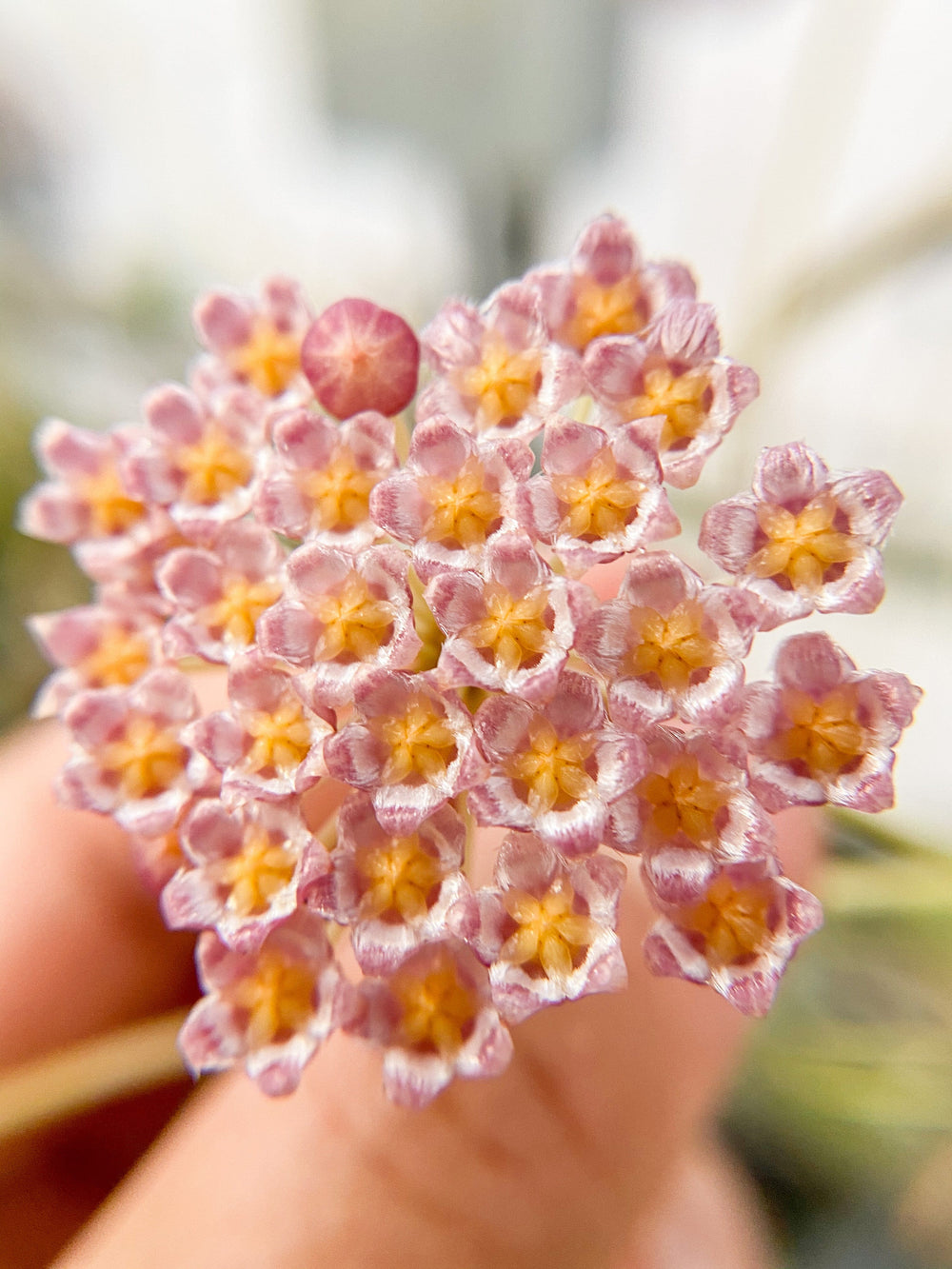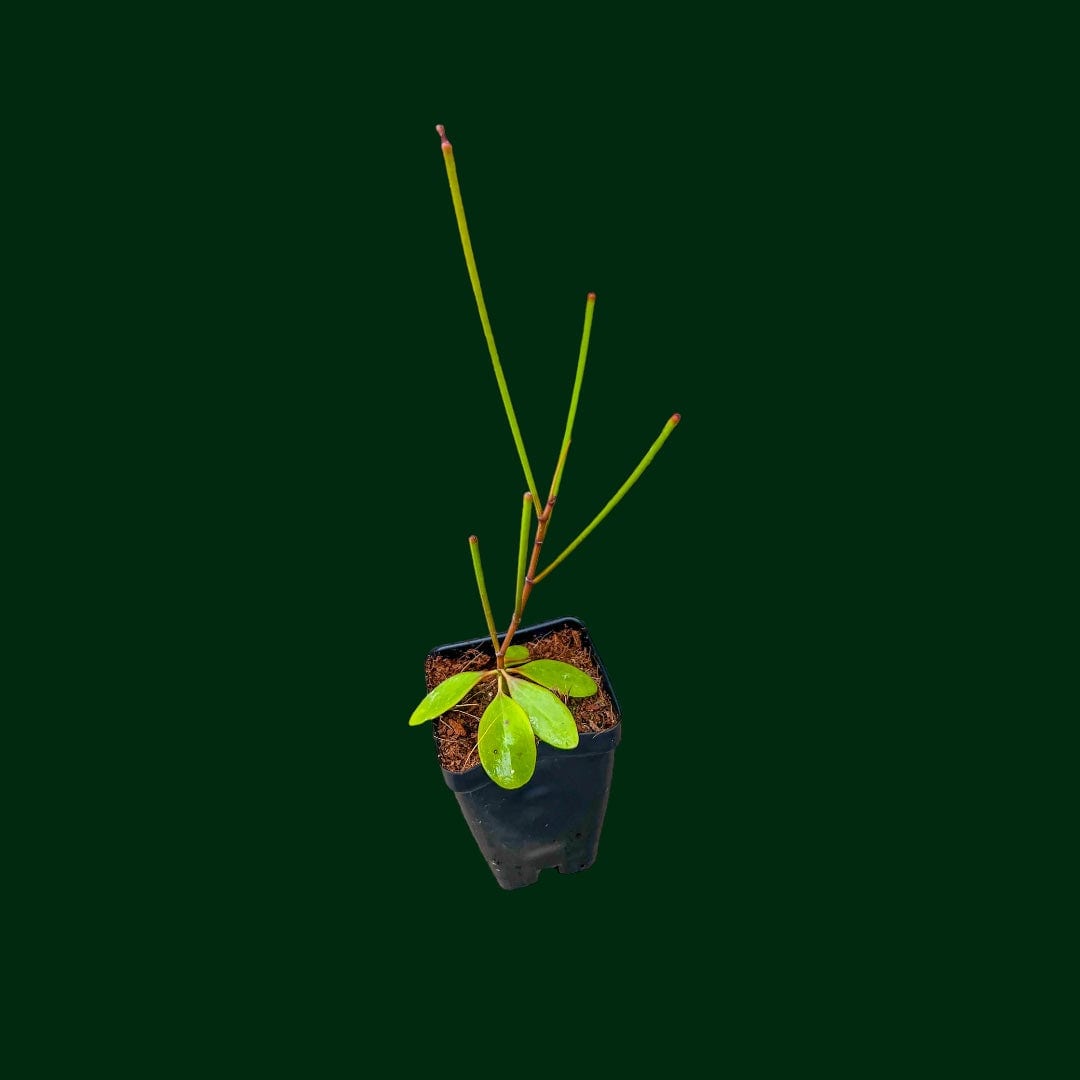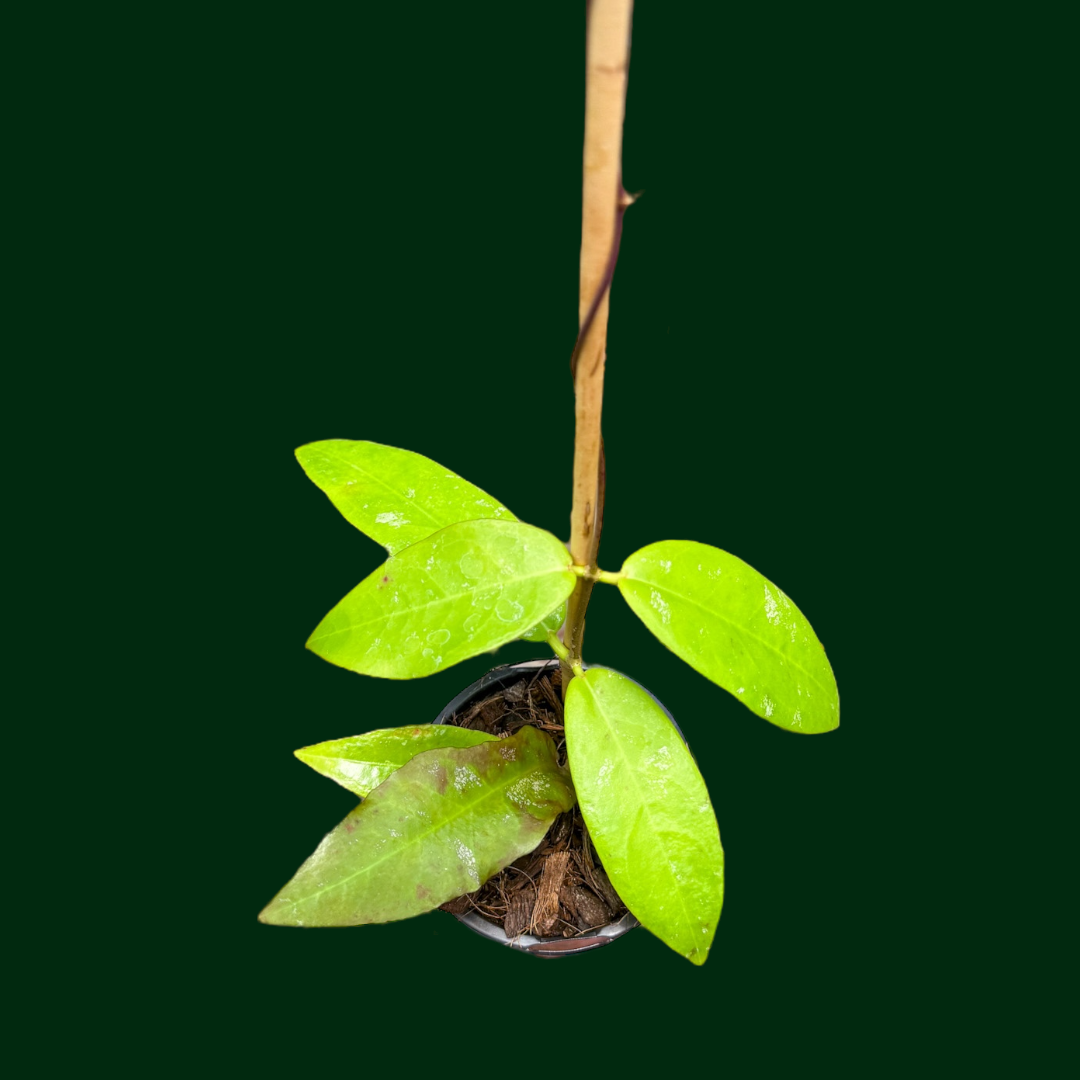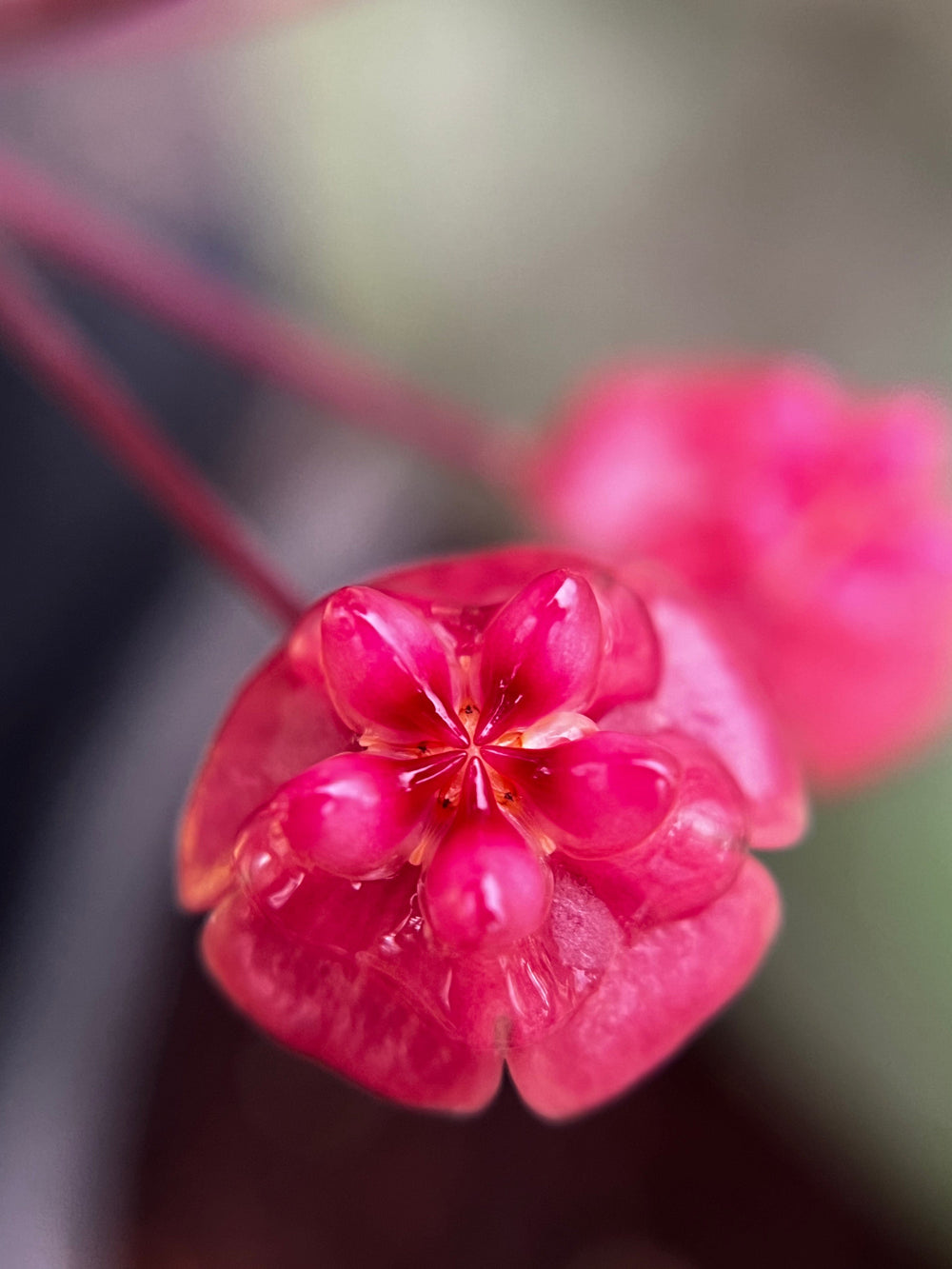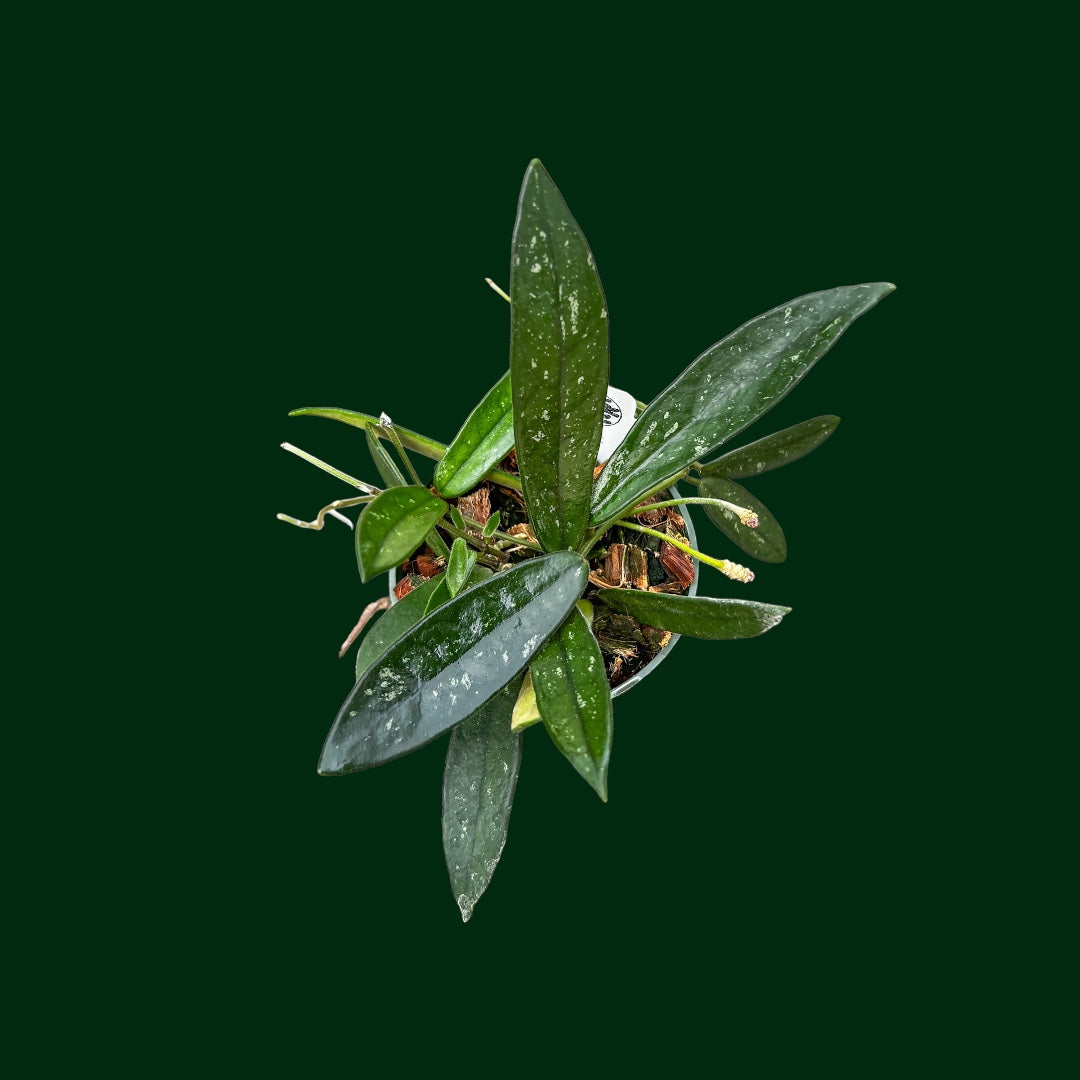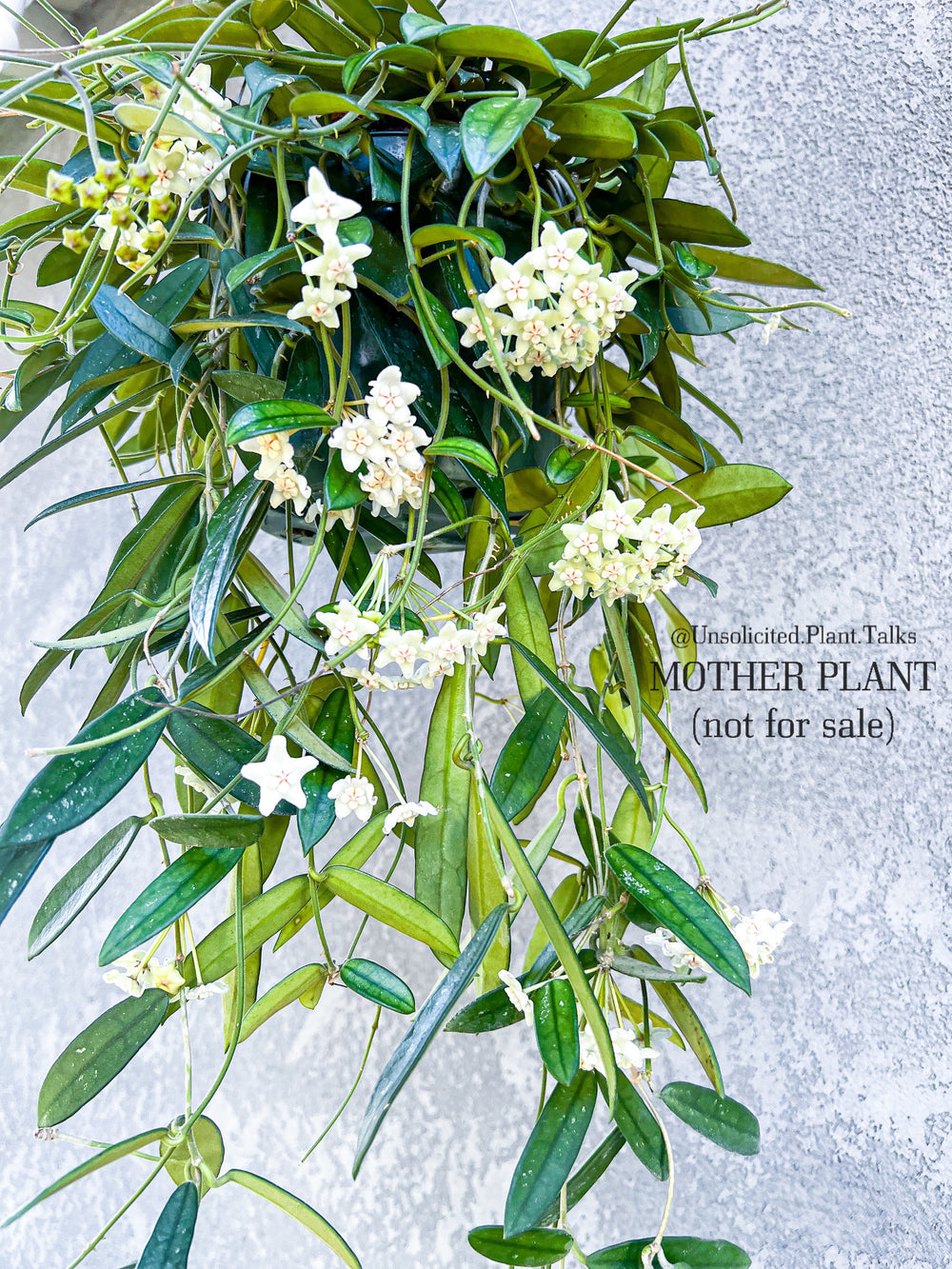How to Increase Humidity for Your Houseplants
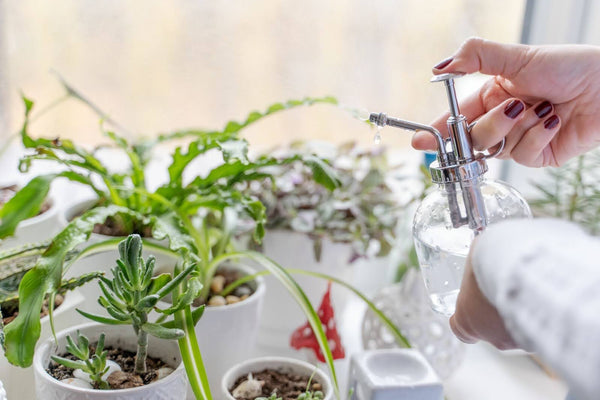
Table of Contents
- Do Plants Like Humidity?
- Signs Your Plants Need More Humidity
- What’s the Ideal Humidity for Indoor Plants?
- How to Increase Humidity for Plants
- Make It Rain
Ever walked past your favorite plant and thought, “Why do you look... tired?”
You’ve watered. You’ve sung to it (maybe). You’ve even rotated it like the good plant parent you are. But the leaves are still crispier than a bag of kettle chips.
This might be a sign that your green babies are begging for a little extra moisture in the air.
Let’s unpack the steamy secrets to happy, hydrated houseplants — and how you can dial up the air moisture without turning your living room into a jungle sauna.
Do Plants Like Humidity?
The short answer? Yes. Yes. A thousand times yes.
Most of our favorite houseplants, like Hoyas, Aroids, and Dischidias, come from tropical rainforests. You know, the kind of places where the air is thick with moisture, and the leaves glisten like they’re fresh out of a spa treatment.
Here’s why humidity matters:
-
It helps plants breathe (transpire) more efficiently;
-
Supports nutrient flow and overall health;
-
Prevents stress that leads to wilting, crisping, and sad leaf drop.
But not all plants crave the same level of humidity.
Take succulents and cacti, for example. They’re desert kids. Hoyas and Calatheas? Moisture divas. The trick is knowing who wants what. Think of it like customizing a skincare routine for each plant.
Signs Your Plants Need More Humidity
Sometimes plants whisper. Sometimes they scream. If you’re seeing any of these red flags, it’s time to step up the moisture game:
🚩 Brown, crispy leaf edges (aka “crunchy fringe drama”);
🚩 Leaf curling or wilting even when the soil is moist;
🚩 New growth shriveling or not unfurling;
🚩 Flower buds dropping prematurely (especially heartbreaking on Hoyas);
🚩 Slower growth or stunted foliage.
If multiple plants are throwing tantrums at once, especially in the colder months or with heaters blasting, low humidity is likely the culprit.
|
🌱 Hot tip: Use a hygrometer (you can find one for under $15) to measure your room’s humidity. It’s like a thermometer but for your air’s hydration level. |
What’s the Ideal Humidity for Indoor Plants?
Here’s the sweet spot breakdown:
-
40–60%: Most indoor plants are content here.
-
60–80%: This is the goldilocks zone for your rainforest babies (think Hoyas, Calatheas, and Anthuriums).
-
Below 30%: Danger zone! Your plants are basically on a desert vacation they didn’t sign up for.
If your indoor air consistently dips below 40% (which happens often in winter), it’s time for some strategic humidity hacks.
How to Increase Humidity for Plants
Let’s get into the juicy stuff — practical ways to create humidity for your plants without turning your space into a greenhouse-themed escape room
#1 Group Your Plants
Plants release moisture through their leaves. When you group them together, the ambient humidity around them increases. It’s kinda like how being in a room full of people feels warmer.
|
🌱 Try this: Cluster your high-humidity plants together near a sunny window or on a plant shelf. Bonus points if it’s near your kitchen or bathroom. |
#2 Use Pebble Trays
Place a shallow tray with pebbles and water under your plant pots — but don’t let the pots sit in it. As the water evaporates, humidity rises. It’s low-effort, super cute, and doubles as a plant spa day.
|
🌱 DIY tip: Use a thrifted baking sheet, a shallow ceramic dish, or even a sushi plate for your pebble tray. |
#3 Invest in a Humidifier
If you’re serious about keeping your humidity-loving plants happy, get a humidifier. It’s the single most effective way to control air moisture, especially in winter or dry climates.
|
🌱 What to look for:
|

#4 Opt for Bathroom & Kitchen Plantscaping
Bathrooms and kitchens tend to be naturally more humid — thanks to showers, boiling pasta, and general human activities.
|
🌱 Pro move: Place your Hoya linearis, ferns, or Calatheas on a shelf near a bathroom window (for an extra jungle vibe). Just make sure they’re still getting enough light! |
#5 Give Your Plants a Bath
Yep, showering with your plants is a thing. Some plant parents swear by taking their Staghorn fern or high-humidity faves into the bathroom during showers.
That steam? Pure plant bliss.
And on Sundays? Give your drama queens a 30-second lukewarm shower rinse. It mimics natural rainfall, gently cleans the leaves, and gives them a little moisture boost to fight winter dryness.
#6 Create a Terrarium Environment
Want that aesthetic + function combo? Try a glass globe or terrarium setup for your moisture-loving plants. These semi-open or closed environments keep humidity high and stable by recycling moisture through the leaves.
You can even DIY it:
-
Use a clear plastic bag or cloche over a rooting plant;
-
Repurpose a glass storage container or fishbowl;
-
Pop some moss or pebbles in for extra flair.
We love this for air plants, baby Begonias, and rooting cuttings that need a little extra TLC.
Make It Rain
There’s no one-size-fits-all when it comes to plant humidity.
Start with what fits your space and routine: maybe it’s a Sunday shower sesh, a pebble tray setup, or just moving your fern to the bathroom. Listen to your plants — they’ll let you know what’s working.
👉 Browse our humidity-happy Hoya collection and explore more plant care tips at Unsolicited Plant Talks!



